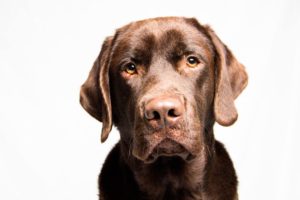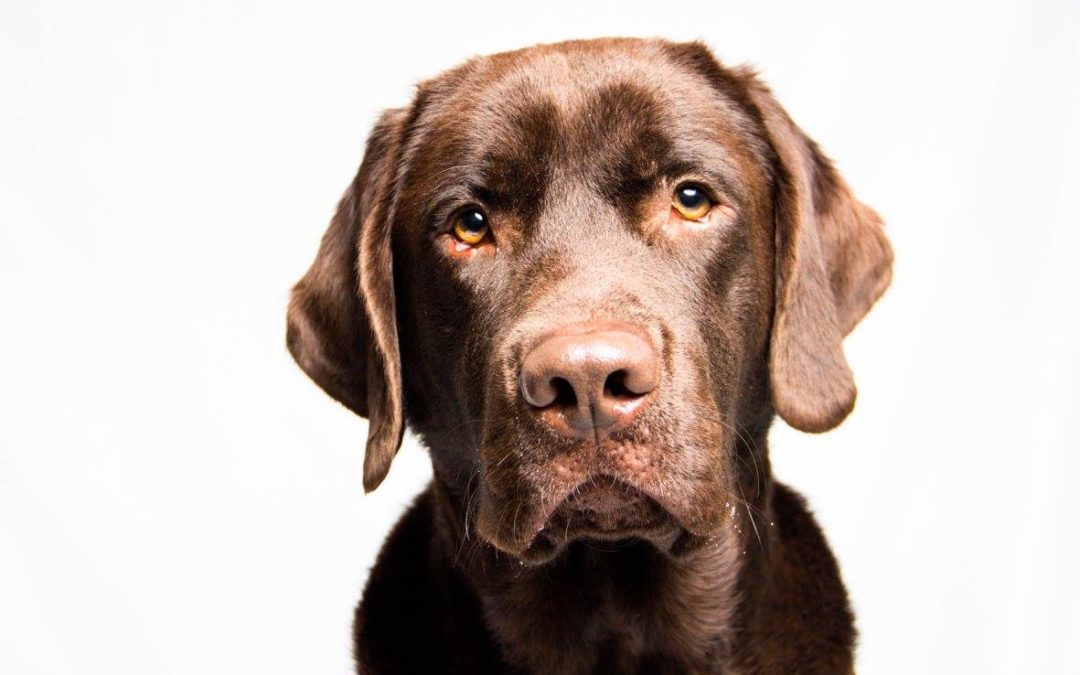
Service Dogs Trained At The Doghouse
The ADA defines a service dog as being individually trained to perform tasks for its owner’s disability. The tasks directly correlate to the disability. The Doghouse is very selective about the dogs we take that will be future Service Dogs. Our foundation in Service Dog Training began with training Hearing Ear Dogs for the Deaf. I went to school for sign-language interpreting, and it was there I found my calling to be a dog trainer. I had the opportunity to volunteer and do translating for dog trainers communicating with deaf and hard-of-hearing clients. The language of dog training itself was what ignited my passion for opening up my dog training business. I will always have an obligation to help train Service Dogs for the Hearing Impaired because that ignited The Doghouse.
Here is Jilly, a Hearing Dog Graduate from our Board and Train Program.
The Doghouse has gone on to certify multiple Hearing Dog Teams and Balance Assistance Dogs. The term “certify” we take very seriously. Not all dogs are born to be Service Animals, and it is our job as trainers to be transparent with the owners. Though you may have a deep bond with your pet, an element of genetics plays a role in making a safe, reliable, working dog in your community.
Hearing Dogs are required to alert their owners to sounds, such as oven timers, smoke alarms, doorbells, cell phones, or alarm clocks. They make physical contact, sometimes nudging or pawing, to get their owner’s attention and lead them to the sound source.
Here is a video clip of Elmo nudging the trainer to signal a fire alarm.
Training is a big part of creating a Service Dog, but natural traits make some dogs better candidates for the job. Dogs that are organically more attentive to sounds, more people-oriented dogs, biddable dogs, balanced-tempered, confident, and non-reactive dogs. One of the most important traits a Hearing Dog can possess is being highly intuitive. They will need to make decisions on their own without help or cues from their owner.
Remember that many dogs can make great pets or companions, just not Service Dogs. Dogs that are timid of strangers, reactive towards other dogs/people, afraid of loud noises, and display aggression are not good candidates. Evaluating your dog’s temperament by a trainer is critical to determine their success as a Service Animal. If your dog does not qualify, dog sports have many other possibilities that a trainer can help guide you.
Here are some examples of environmental training with a Service Dog:
When we evaluate dogs for Mobility Assistance, we look for the same characteristics as above and want a dog with a sturdy build. These dogs often “brace” for their owners to help balance or pull them up. The best matches are dogs with a genetic tracing of OFA Certified hips/elbows from their parents and grandparents.
Here is a demo of a previous graduate of our Full-Service Training displaying a “brace” command.
Service Dogs need to be in tune with their owner’s needs and do constant check-ins to ensure their owner hasn’t fallen over or is having a dizzy spell. Having a natural retrieve drive is another desired trait for Balance Assistance Dogs. These dogs retrieve dropped items for their owners.
Here is an example of Thor and Kane bringing random objects:
Go here to view our playlist of Service Dog Graduates:
Dogs are amazing creatures that thrive, having a job and a purpose. We are here to help you and your dog create a healthy life together. Understanding your dog’s genetic needs and personality will help you know what purpose they can serve you in your life. Let us know if you would like to set up a meet/greet.



